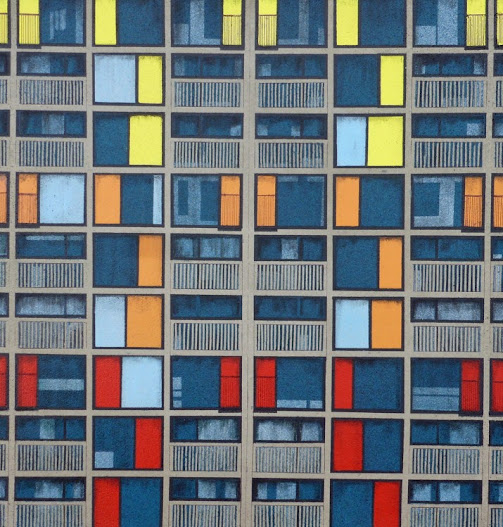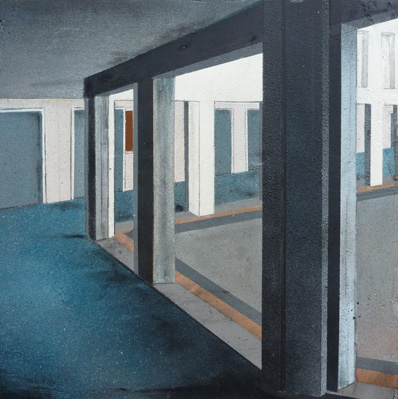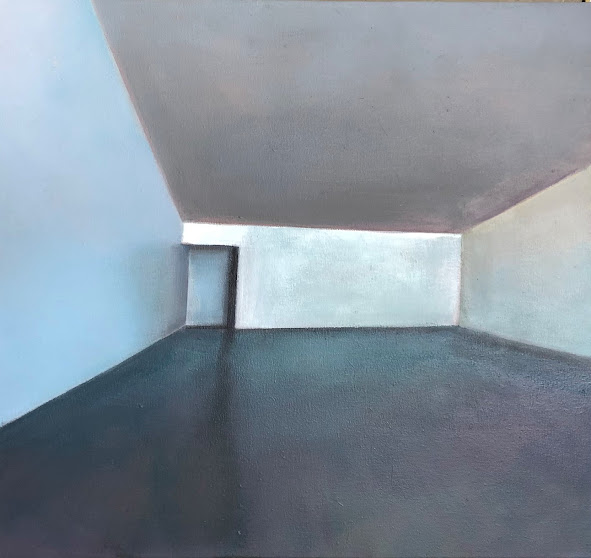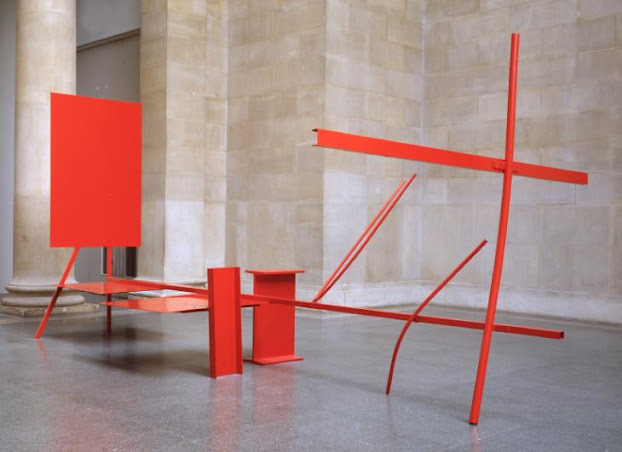Different types of artists create as they collect objects for them to put into their own rendition of a collection in a museum.
The Hunter is always on the hunt for something to add to their collection.
The Impulsive Buyer is the one that buys on instinct. The impulsive buyer walks into a gallery and immediately falls in love with a work. Without hesitation, the purchase is finalized. This collector likes to be surprised and must be immediately moved by a work.
The Adventurer overlaps with the impulsive buyer but deliberately seeks out unknown, new artists, galleries and fairs. They have an international scope and an open mind, always looking for fresh talent.
The Art Flipper is little liked by artists, gallery owners and other collectors. This collector is in it for the money, and with dollar signs in his eyes, he effortlessly parts with works that have increased in value. The flipper does not buy the work of emerging artists to support them, but rather to benefit from it himself.
And The Thinker can be easily spotted thinking in a gallery with the exhibition text in hand, while thoughtfully taking in all the works in detail. The thinker takes the time to talk to the artist, to understand their work and to exchange thoughts. Before deciding whether to buy, the thinker carefully considers whether the work fits into their collection.
A found object is a natural or man-made object, or fragment of an object, that is found (or sometimes bought) by an artist and kept because of some intrinsic interest the artist sees in it.
Found objects (sometimes referred to by the French term for found object ‘objet trouvé’) may be put on a shelf and treated as works of art in themselves, as well as providing inspiration for the artist. The sculptor Henry Moore for example collected bones and flints which he seems to have treated as natural sculptures as well as sources for his own work. Found objects may also be modified by the artist and presented as art, either more or less intact as in the Dada and surrealist artist Marcel Duchamp’s readymades, or as part of an assemblage.
An artist who works with found objects Damien Hirst, a British sculptor, painter, and designer, whose flair for self-publicity has helped him become probably the most famous and controversial British artist of his generation. While still a student at Goldsmiths College, London, he made a name for himself by organizing an exhibition of student work (‘Freeze’, 1988). From his youth, he had a fascination with death, and his most famous work is The Physical Impossibility of Death in the Mind of Someone Living (1991, priv. coll.)(below), consisting of a dead tiger shark balanced and weighted so that it floats in preserving fluid in a large tank made of glass and steel.























































